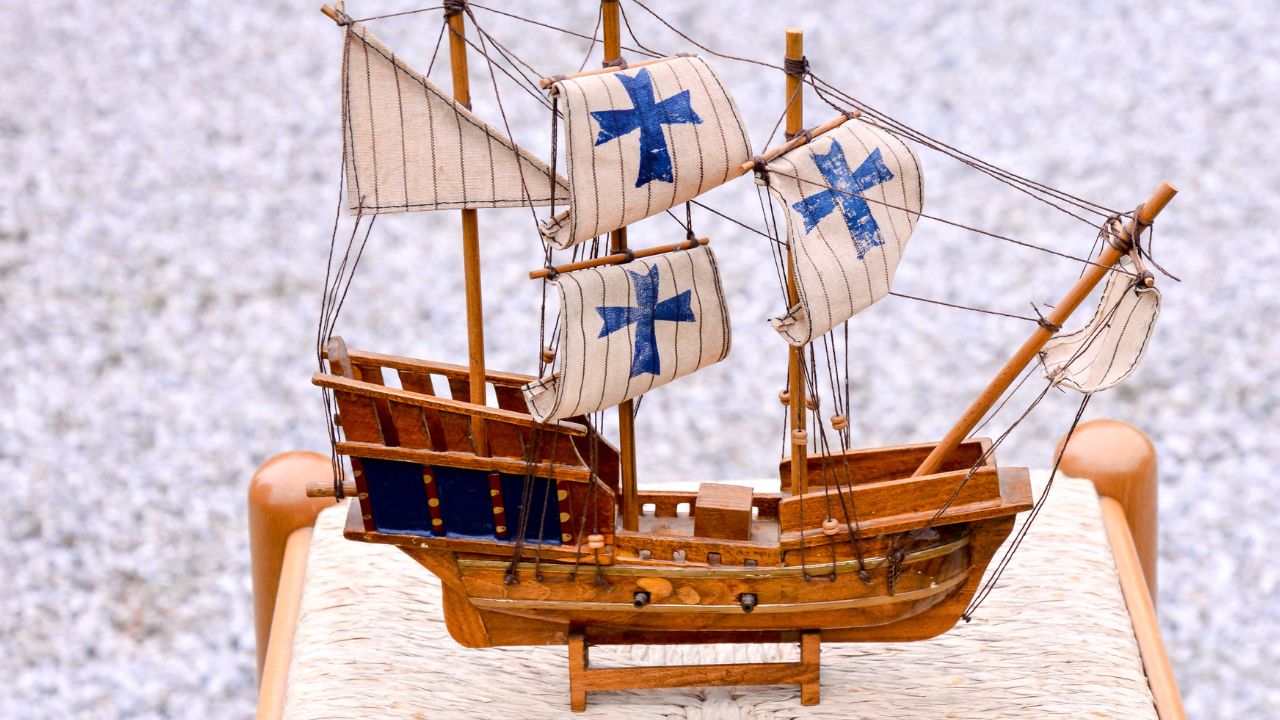Everyone knows the importance of kids’ toys in terms of being developmental tools for imagination, creativity, and brain development. Ship toys are among the must-play toys for children, versatile in their play, and they can come in handy for role-playing and storytelling.
From a wooden pirate ship to a state-of-the-art cargo vessel, ship toys are gateways to imaginative adventures, which enable children to develop critical skills as they learn to set sail.
This article explains how ship toys are a source of role play and storytelling and how they help a child grow. For high-quality ship toys, ship toys from JMBricklayer are one to go for!
The Timeless Appeal of Ship Toys
Although children's play with ship toys has characterized generations, there are good reasons why. Many take ships as a type of exploration, adventure, and the thrill of the unknown. To a child, all that is needed is a ship toy, and they can sail away into a world of make-believe where they can be the captain—the commander of a crew, crossing through distant lands, or waging an epic battle on the high seas.
Ship toys are particularly attractive in their design because they feature miniature cannons, anchors, sails, and figurines. The tactile components enable children to engage with the toy in interesting ways that encourage their creativity as they become captains, pirates, or sailors on exciting journeys.
How Do Ship Toys Benefit Role-Playing And Storytelling In Children?
1. Fostering Imaginative Play
Ship toys are great tools for provoking imagination because there are infinite opportunities for children to make up stories with lots of plot possibilities. This will give the child scope for creativity; this toy ship can change from a pirate vessel to a battleship or a spaceship. They are toys on which children can project their ideas by reenacting known tales or inventing new ones. The open-ended nature of ship toys offers children a chance to control the story, make choices, and problem-solve along the way, both stretching their imaginations and problem-solving capabilities.
2. Encouraging Role-Playing and Social Interaction
Ship toys motivate role-playing and are a very important component for the development of a child. The children often give themselves roles in the stories, whether they be captains or crew, or passengers, and this opens a whole new vista of different perspectives which empower empathy. Through these roles, children practice leadership, teamwork, and decision-making and become better communicators. Ship toys also allow children to practice interacting in real life as they play with others, teaching sharing and how to listen to others while playing cooperatively.
3. Inspiring Storytelling and Language Development
Natural storytelling begins at ships toys, and children’s language skills grow. Each adventure, as they create narratives about battles, adventures, or explorations, expands their vocabulary and organizes their thoughts into structured stories. Ship toys introduce new words and concepts, such as nautical terms or complex narrative structures, supporting children's understanding of language. Storytelling also allows children to explore and express emotions, aiding in emotional intelligence development.
4. Building Cognitive and Motor Skills
Ship toys also contribute to cognitive and motor skill development. When children manipulate parts of a toy ship, like adjusting sails or steering, they engage in fine motor activities that enhance hand-eye coordination. Setting up a play environment or guiding their ship through a narrative develops spatial reasoning and strategic thinking, further strengthening their cognitive skills.
5. Nurturing a Sense of Adventure and Exploration
Ship toys represent adventure and help children explore it by inspiring them to take risks while they play. Through these ship toys, a sense of discovery is fostered for those who believe they can launch ships on various oceans or the bridge of a spaceship. This adventurous play fosters resilience, adaptability, and a love for learning, equipping children with valuable life skills.
Conclusion
Ship toys are a lot more than passive playthings; they are tools that help kids learn to imagine, socialize, and tell stories. Meanwhile, role-playing and imaginative telling of stories help children to develop some skills such as language development, social interaction, and cognitive and motor development. Ship toys provide children with a sense of adventure and exploration, which gives them the ability to develop resilience and curious nature about what’s around them. In a world where much of childhood is spent engaged in structured activities, ship toys are a reminder about the power of open-ended play in helping to develop creativity and the whole child. The next time you see a kid playing with a ship toy, understand they are not merely playing; instead, they are going on a trip of growth, education, and creative thinking.


